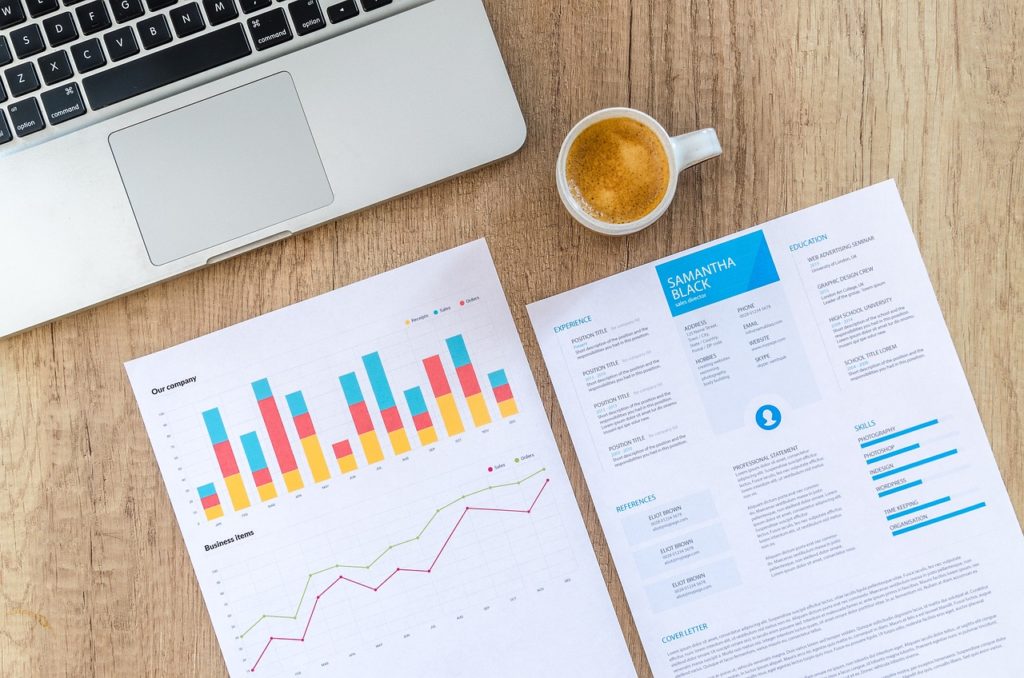A balance sheet is one of the three main financial statements which can be used in assessing the state of a company’s financial health at a point in time. It is an essential tool for business owners, as well as investors and lenders because it provides insightful information about a company’s assets, liabilities, and equity.
Assets
Assets represent what a company owns. Assets can have two separate categorizes, current assets, and non-current assets. Current assets are assets that are expected to be converted to cash within a year. Some common examples of current assets include cash, accounts receivable, short-term investments, and inventory. Non-current assets (also known as long-term assets) are assets that will benefit the company for more than one year. A common example of long-term assets are fixed assets which can include buildings, vehicles, fixtures, and machinery.
Liabilities
Liabilities represent what a company owes. Similar to assets, liabilities can also have two separate categories, which are current liabilities and non-current liabilities. Current liabilities are a company’s financial obligations that are due within one year or within a normal operating cycle. Some examples of current liabilities include accounts payable, payroll taxes, short-term debt, short-term notes payable, and income taxes owed. Non-current liabilities are a company’s financial obligations that do not need to be paid for at least 12 months. These include long-term loans, deferred tax liabilities, and bonds payables.
Equity
Equity is known as the ownership’s rights to whatever remains after all of the company’s liabilities have been subtracted from all of its assets. The equity of a company can include Owner’s Contributions, Owner’s Distributions, Retained Earnings, and the Net Income of the company.
Understanding the components of a balance sheet gives a huge advantage to businesses when it comes to financially assessing the company at a point in time and can help small business owners with financial decisions based on the data that it shows.


